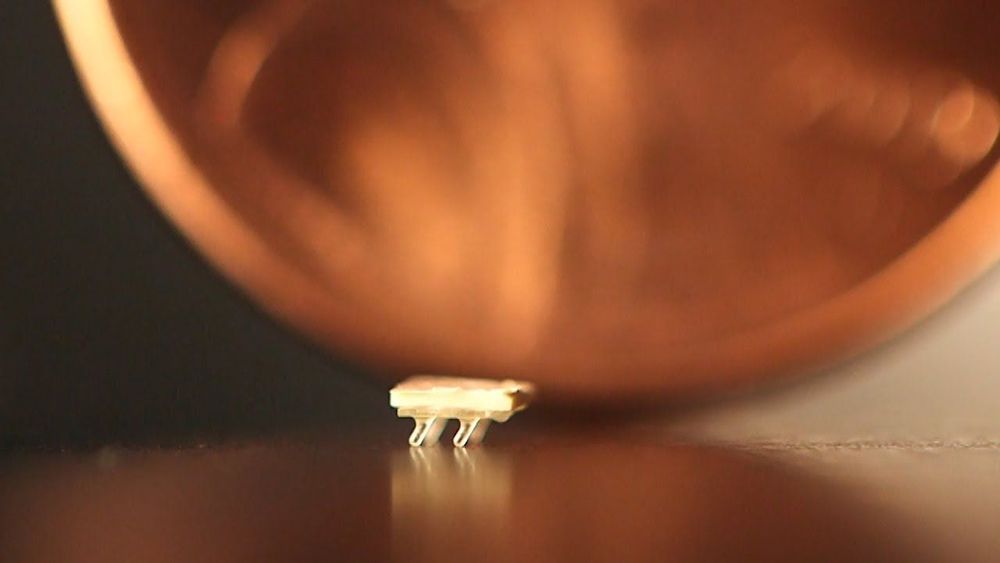Researchers have created a new type of tiny 3D-printed robot that moves by harnessing vibration from piezoelectric actuators, ultrasound sources or even tiny speakers. Swarms of these “micro-bristle-bots” might work together to sense environmental changes, move materials—or perhaps one day repair injuries inside the human body.
The prototype robots respond to different vibration frequencies depending on their configurations, allowing researchers to control individual bots by adjusting the vibration. Approximately two millimeters long—about the size of the world’s smallest ant—the bots can cover four times their own length in a second despite the physical limitations of their small size.
“We are working to make the technology robust, and we have a lot of potential applications in mind,” said Azadeh Ansari, an assistant professor in the School of Electrical and Computer Engineering at the Georgia Institute of Technology. “We are working at the intersection of mechanics, electronics, biology and physics. It’s a very rich area and there’s a lot of room for multidisciplinary concepts.”
